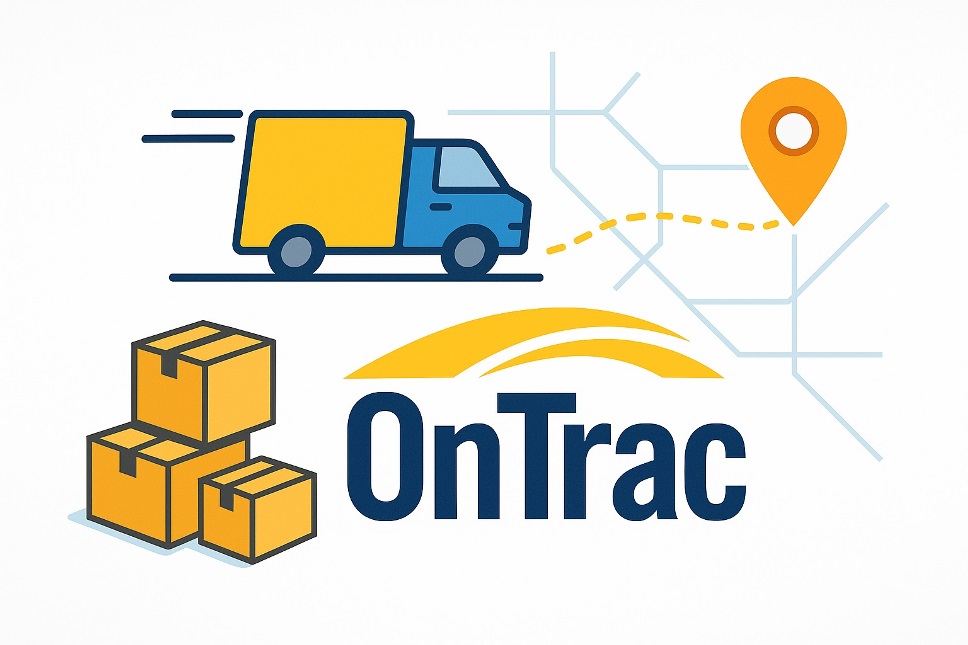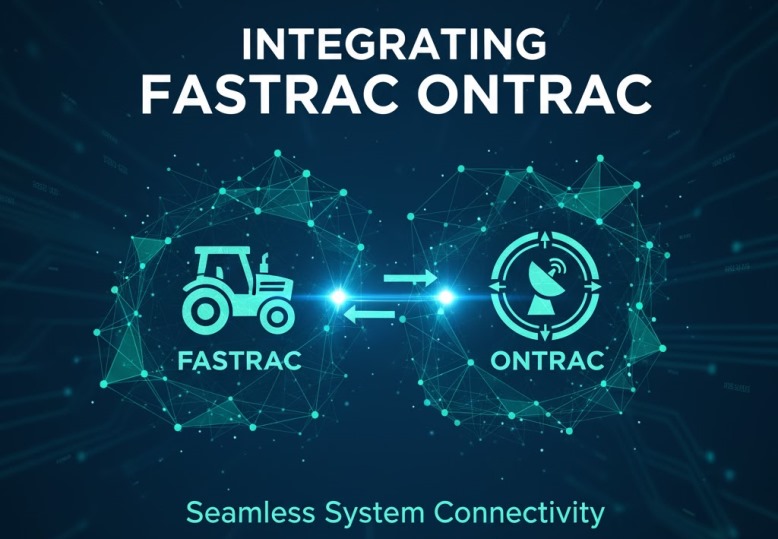
Fastrac ontrac is more than just another shipping login; it’s a technical control layer that connects your eCommerce stack directly to OnTrac’s regional delivery network. In this guide, we’ll break down how fastrac ontrac is structured, how to configure fastrac ontrac for production use, and how technical teams can integrate the platform cleanly into existing systems while still giving operations and finance teams the visibility they need.
Understanding the Fastrac Ontrac architecture
At a high level, fastrac ontrac sits between your order sources and OnTrac’s carrier systems. Your online store, ERP, WMS, or marketplace tools send shipment data into fastrac ontrac, which then normalizes the payload, applies your contracted rules, and pushes labels and tracking events back to your applications. When you view fastrac.ontrac in a browser, you are really accessing the same data that your integrations use, but through a secure, role-based web interface.
From a technical perspective, fastrac ontrac is easiest to think of as a routing and configuration hub. Instead of hard-coding carrier rules inside your own codebase, you define services, surcharges, and cutoffs inside fastrac ontrac and let the platform drive decisions. Business users still benefit—they see cleaner reporting and more consistent delivery promises—but the heart of the platform is the underlying configuration layer.
Setting up your Fastrac Ontrac account correctly
Once your organization is approved, the first task is to harden access to fastrac ontrac. Create an administrator account, enable the strongest available authentication method, and then define groups for developers, operations, and finance. Each group should have a separate role inside fastrac ontrac so that developers can manage integrations, warehouse teams can print labels, and finance can audit invoices without conflicting permissions.
Next, configure your core shipping profile. In fastrac ontrac, confirm every shipping origin address, contact, and pickup schedule. Map your internal service codes to the corresponding OnTrac products so that when your systems request a specific service, fastrac ontrac can translate it accurately. This mapping step is technical but critical: if it is wrong, the wrong product code will be transmitted downstream via fastrac.ontrac and customers may see incorrect delivery estimates.
To keep things safe, create non-production profiles in fastrac ontrac for testing. By separating sandbox and live configuration, engineers can experiment with new service rules while business teams continue to rely on the stable production view of the platform.
Integrating Fastrac Ontrac with your systems

For most teams, the real power of fastrac ontrac appears when it is integrated programmatically. Start by connecting your order management or warehouse system so that new orders automatically trigger shipment requests to fastrac ontrac, rather than forcing staff to retype data. Use a sandbox profile in fastrac ontrac to test label creation, rate discovery, and error handling without impacting live customers.
When integrating, treat fastrac ontrac as the single source of truth for carrier logic. Instead of duplicating cutoff times, zone logic, or packaging rules in multiple services, centralize them in the platform and have your applications request the correct options at runtime. This keeps your codebase smaller and makes changes safer: when business leaders adjust service strategy, you update fastrac ontrac once instead of redeploying multiple applications.
As you move from sandbox to production in fastrac ontrac, make sure you have robust logging and monitoring in place. Log every request you send and every response you receive so that, if a label fails or a tracking number is missing, developers can quickly trace the call path that touched fastrac ontrac. A clean log pipeline will save hours of debugging during peak shipping season.
Also Read: Pinterest Unblocked: 6 Methods to Access at School 2026
Daily operations with a technical lens

Even though warehouse staff mostly see the web interface, technical teams should still own the way fastrac ontrac behaves in day-to-day operations. Ensure print stations are authenticated correctly to the platform, that timeouts are tuned, and that any local print services are resilient to network loss. When the UI in fastrac.ontrac shows exceptions or delayed scans, operations can escalate to engineering with precise timestamps pulled from logs and dashboards that reference fastrac ontrac.
From a monitoring perspective, plug fastrac ontrac into your observability stack. Track shipment creation latency, label error rates, callback failures, and any spikes in timeouts between your services and the platform. When you treat the platform like any other core dependency, you can set alerts before customers ever feel a delay.
Security, governance, and change management
Because shipment data often includes customer names, addresses, and order references, you should treat fastrac ontrac as a sensitive system. Align access to your internal security policies, make periodic access reviews part of your change-management calendar, and document every integration that touches fastrac ontrac. When auditors ask how shipping data flows, a current diagram that includes the platform will make the conversation much smoother.
Governance is not only about security; it is also about controlling configuration drift. Any time marketing or operations wants to change service levels, surcharges, or delivery promises, route the request through a simple change process where one owner updates fastrac ontrac, another reviews it, and a third validates results in logs or test orders. Treating the configuration in the platform like application code—planned, reviewed, tested—greatly reduces unexpected behavior.
Business impact of a well-implemented Fastrac Ontrac setup
Although this guide is heavily technical, there is a clear business story: a disciplined implementation of the platform creates faster delivery with fewer surprises. When integrations are stable and configuration is centralized, support teams handle fewer “where is my package” tickets, finance teams reconcile invoices more quickly, and operations teams trust the labels they print from the system.
In practice, many shippers first hear about the program under slightly different names, such as ontrac fastrac, but they are all referring to the same integration-focused environment. What matters is not the exact wording but the way your technical teams design, monitor, and govern the platform so it becomes reliable infrastructure rather than a fragile side tool.
FAQs
Q1. How should we document our integration for future developers?
Create a short internal runbook that explains data flows into and out of the platform, lists the services that call it, describes the sandbox versus production setup, and shows common failure modes. Keep this document updated whenever you change routes or settings.
Q2. Can we support multiple warehouses inside a single account?
Yes. In most cases you configure each origin address and service mapping and then pass the appropriate origin with each request. Your integration simply chooses the correct origin data based on the warehouse fulfilling the order.
Q3. What metrics best show if the platform is healthy?
Useful signals include label generation success rate, average response time, callback error counts, and differences between promised and actual delivery dates. Watching these numbers helps you detect integration issues early.
Q4. How often should we review user permissions?
A quarterly review is a practical baseline. Remove unused accounts, tighten roles for users who changed positions, and confirm that only the right developers have access to integration and configuration controls.
Q5. Is it safe to rely on the system during peak season launches?
It can be, provided you have tested thoroughly in sandbox, load-tested critical paths, added strong logging, and set up alerts on the main endpoints that interact with your shipping workflows. With this preparation, the platform can support high-volume events without unexpected surprises.